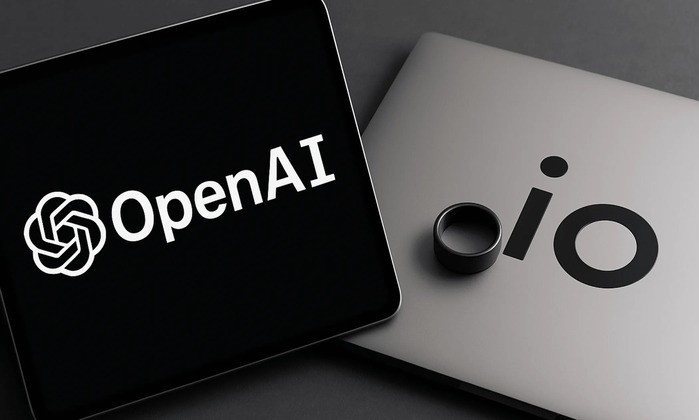Now Reading: OpenAI’s First AI Device Faces Design and Usability Challenges
-
01
OpenAI’s First AI Device Faces Design and Usability Challenges
OpenAI’s First AI Device Faces Design and Usability Challenges

OpenAI recently unveiled its first hardware device, designed in collaboration with former Apple designer Jony Ive, aiming to bring AI closer to everyday users. While the launch generated excitement, the device is now facing two significant issues affecting adoption and user experience.
The first challenge lies in the device’s design. While visually striking, some users report that its form factor and interface are not fully intuitive, making prolonged use cumbersome. Ease of interaction, a hallmark of Apple-inspired design, appears to be compromised in some scenarios.
The second concern is functionality. Early testers highlight limitations in responsiveness and integration with existing digital ecosystems. For an AI device, seamless compatibility is crucial, and these gaps have created practical hurdles for potential users, especially in Tier 2 cities where tech support may be limited.
Industry analysts note that while OpenAI’s vision is ambitious, addressing design ergonomics and software reliability will be key to wider adoption. The device’s success will depend not just on aesthetics or AI capabilities, but on delivering a smooth, accessible experience for everyday users across India.

























